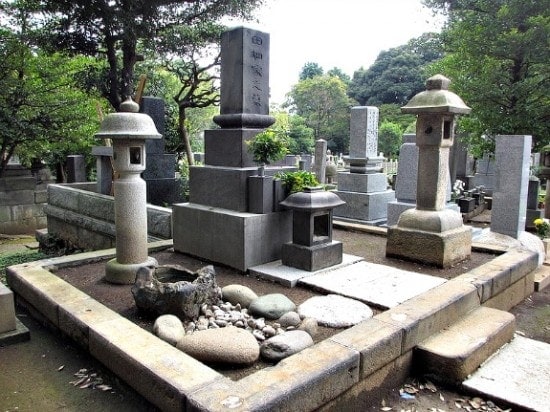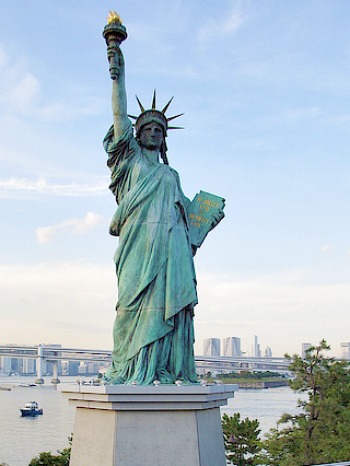I love researching travel. I love reading guide books, checking out travel blogs, looking at photos on Pinterest, and pretty much everything about the process of learning about a destination. From the massaging of flight schedules to selecting accommodations and tours, from reading restaurant reviews and learning about food trends to learning about which sights are worth visiting, it’s all a delightful challenge to me.
But no matter how much you prepare yourself, there are things you will encounter that you just didn’t know before you got to your destination.
When it comes to travel to Tokyo, here are the things I just didn’t know till I got there:
- Tokyo goes right. In Tokyo they drive on the right hand side of the road, the vehicles are right hand drive, and in crowded spaces you stand to the left and walk on the right. I’m not sure how I could have missed this little detail in my research, but it didn’t really sink in until I was there for a couple of days.
- Because of the extremely high price of property in the Tokyo cemeteries, not uncommonly reaching the price of millions of yen, cremation has become common. The burial of ashes follows elaborate traditions and rituals and memorial services are held on multiple days during the first 100 days after death. These memorials continue to be held on the 1st, 2nd, 6th, 12th, and 32nd year following the death. And while we’re on the subject of death and cemeteries, small cement temple-like structures are often found in burial plots and crypts. These small temples feature characters representing the five elements: Earth, Water, Fire, Air, and Spirit. As these elements influenced your life, so they will care for you in the afterlife.
- Kabuki, the classic theater-dance style of performance, was originally performed by women only before transitioning to male-only performers. Kabuki today maintains that gender separation, with men playing both male and female roles, and its stars are often as popular for their television and movie roles as they are for their theater work.
- Although Buddhism and Shinto are two distinctly separate religions, they exist side-by-side in Japan. Many people claim affiliation with both as a result of syncretism (a combining of often disparate beliefs and traditions).
 Tokyo has a Statue of Liberty. The French Statue of Liberty came to Tokyo as part of a commemoration of “The French Year in Japan.” It became so popular that a replica was built and installed in the beach area of Odaiba.
Tokyo has a Statue of Liberty. The French Statue of Liberty came to Tokyo as part of a commemoration of “The French Year in Japan.” It became so popular that a replica was built and installed in the beach area of Odaiba.- The Daikanransha Ferris Wheel, located on Odaiba, was the largest Ferris wheel in the world when it opened in 1999, only to become the second largest a short time later when the London Eye opened. (Today the largest Ferris wheel in the world in the Singapore Flyer in Singapore.) Daikanransha is brightly lit at night and is usually visible from central Tokyo.
- Tokyo is loud in a way that I wasn’t expecting. It’s not street noise from crowds of people and backed up traffic. It’s loud inside as well. Walk into any department store and be ready for sensory overload. On every floor, in every department, everywhere you turn there is noise. You’ll find an iPad, stereo, video screen, television, or some such turned up loud enough to get your attention. And when those department are close to one another the overlapping noise, competing for your attention, can make you crazy. I went outside to find peace and quiet. Seriously.
- Between the ka-ching of pachinko parlors and the neon, being in Tokyo sometimes feels like being in Las Vegas.
- The subways are orderly. I’d heard nightmare stories about how crowded and complicated the Tokyo subways are, but it wasn’t really all that bad. Some of the stations are big – huge, really – and with numerous entrances to the station it’s easy to get lost or go our the wrong exit. That means that it often takes forever to backtrack your steps to get to where you want to be. If you’ve taken the subway in New York you’ll know what I mean. Inside they’re crowded and people move quickly, but there wasn’t the pushing and shoving that I was warned about. On the platform lining up to get on the subway are dots on the ground for riders to queue up behind. And they do. The doors open, riders exit through the middle and get on along the sides. There’s lots of people, to be sure, but it’s all organized and orderly. Note: I did not tackle the subway during rush hour, which may have told a different story.
- You can buy anything in a vending machine in Tokyo: Sports drinks, water, soda, beer, condoms, electronics, hot beverages, food (including many things that just shouldn’t come out of a vending machine), clothing, fortunes, flowers, toys, and lots more. Although I only bought water from a vending machine, I found the whole concept fascinating.
- Tokyo is a remarkably new city although its history goes back to the 12th century. After the era of the samurai and shogun, and in the aftermath of the Great Kanto earthquake (1923) and the bombings during WWII, Tokyo has been completely rebuilt. The history and culture transcends the decades but the city itself does not.
- It’s humid. I mean really, really, really humid. And coming from someone who is not typically bothered by humidity, not even in the deep south in the middle of August, this should give you an idea of just how humid it really was. That whole “women don’t sweat they glow” thing? I call B.S. My clothes seemed perpetually damp, my hair unmanageable and full of frizz, and I couldn’t take enough showers to feel fresh. It even felt humid inside the airport where it should have been air conditioned. You learn to deal with it, but I can only wonder how much worse it would have been in the middle of summer.
What things didn’t you know about Tokyo? What surprised you?
NOTE: My trip to Tokyo was sponsored in part by ANA’s iAmbassador Program and Viator. I was able to share my experiences while on the road thanks to the pocket wifi and data plan provided by Global Advanced Communications (several times I remarked that pocket wifi is the best thing since sliced bread).



